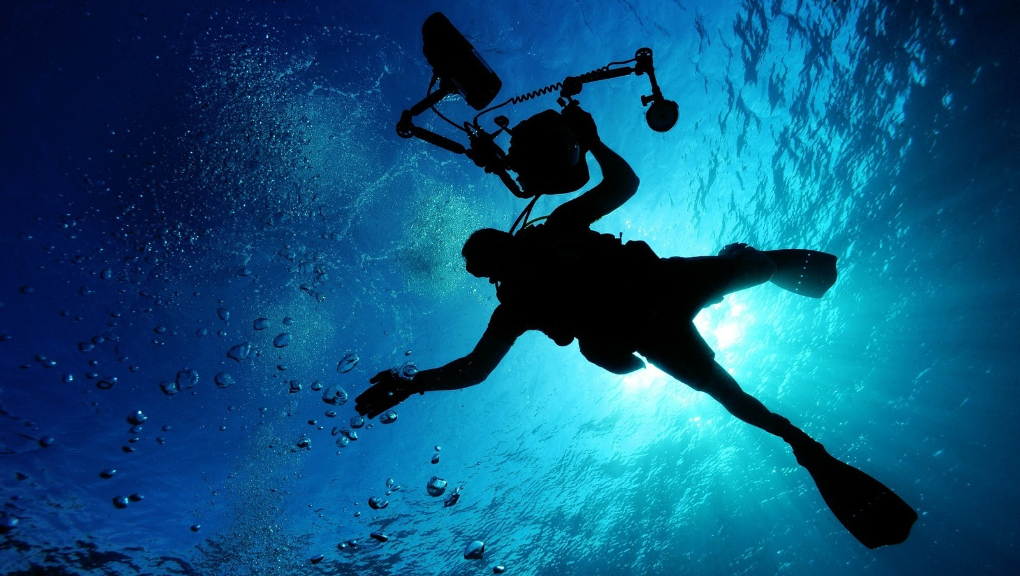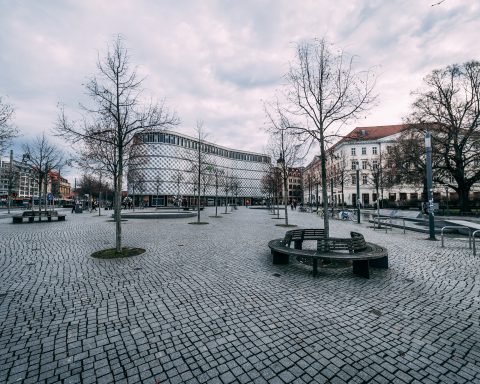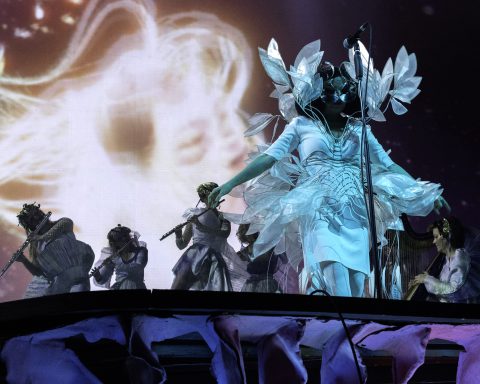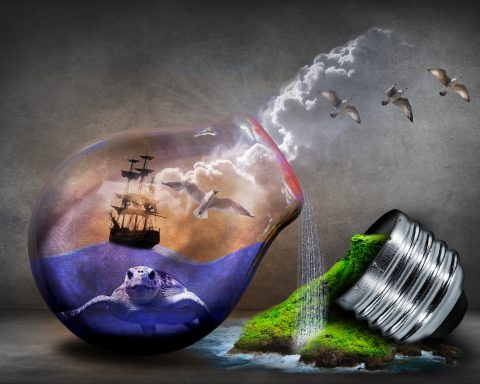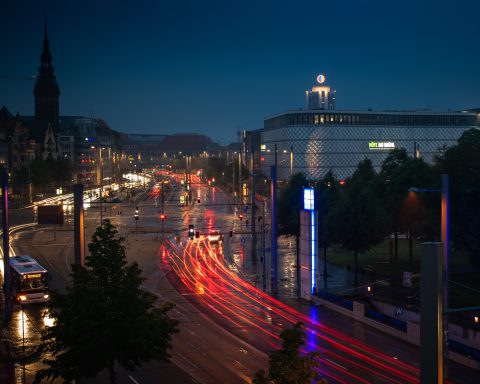A trip to the lake. While I am writing this, that’s what’s probably on the minds of many of you, having to endure the summer heat in poorly ventilated office buildings.
Indeed, Leipzig’s lakes have much to offer, including Saxony’s longest sand beach at Lake Cospuden, a holiday resort at Lake Störmthal, a flooded forest at Lake Zwenkau, or water skiing at Lake Kulkwitz.
As I had said in a previous article: Where Greece has its islands, Leipzig has its lakes (with no hint of irony). And as you relax on the beach, many of you probably didn’t know that Leipzig’s lakes are also hidden gems for scuba divers.
Yes, there is more to scuba diving than coral reefs, sharks and sea turtles.
Especially Lake Kulkwitz is known all over Germany for great visibility and lush underwater wildlife and vegetation. In this post, I want to tell you about what it takes to become a scuba diver, and about what you can discover underneath the surface of Leipzig’s lakes.
To become a scuba diver, not much is needed except basic physical fitness, motivation and a bit of money. There are dive centres at most of Leipzig’s lakes where you can learn it. The most important scuba associations are PADI and SSI, which are both represented several times.
To become a so-called Open Water Diver (OWD), which enables you to go diving without an instructor at depths of up to 18m, you have to pass a theory exam and need to go on at least four dives. You can do all the theoretical training online, but most dive centres also offer lessons. What you will need to buy are a mask, a snorkel and fins, which will cost you around €100. The diving course itself is usually around €400.
Once you start your lessons, the first thing you learn is how to set up your scuba gear. “Scuba” is an abbreviation, which stands for “self-contained underwater breathing apparatus.”

The basic technology was developed in the 1940s and 1950s, especially by Frenchman Jacques Cousteau, and it hasn’t changed much since.
Your basic gear consists of the following: mask, snorkel, fins, neoprene dive suit, breathing regulator, buoyancy control jacket, air tank, and weights. It’s all pretty easy to set up but damn heavy.
Especially if it’s 35°C outside, you’re going to have a hard time carrying everything from your dive centre to the beach. But once you’re underwater, you’ll feel light as a feather.
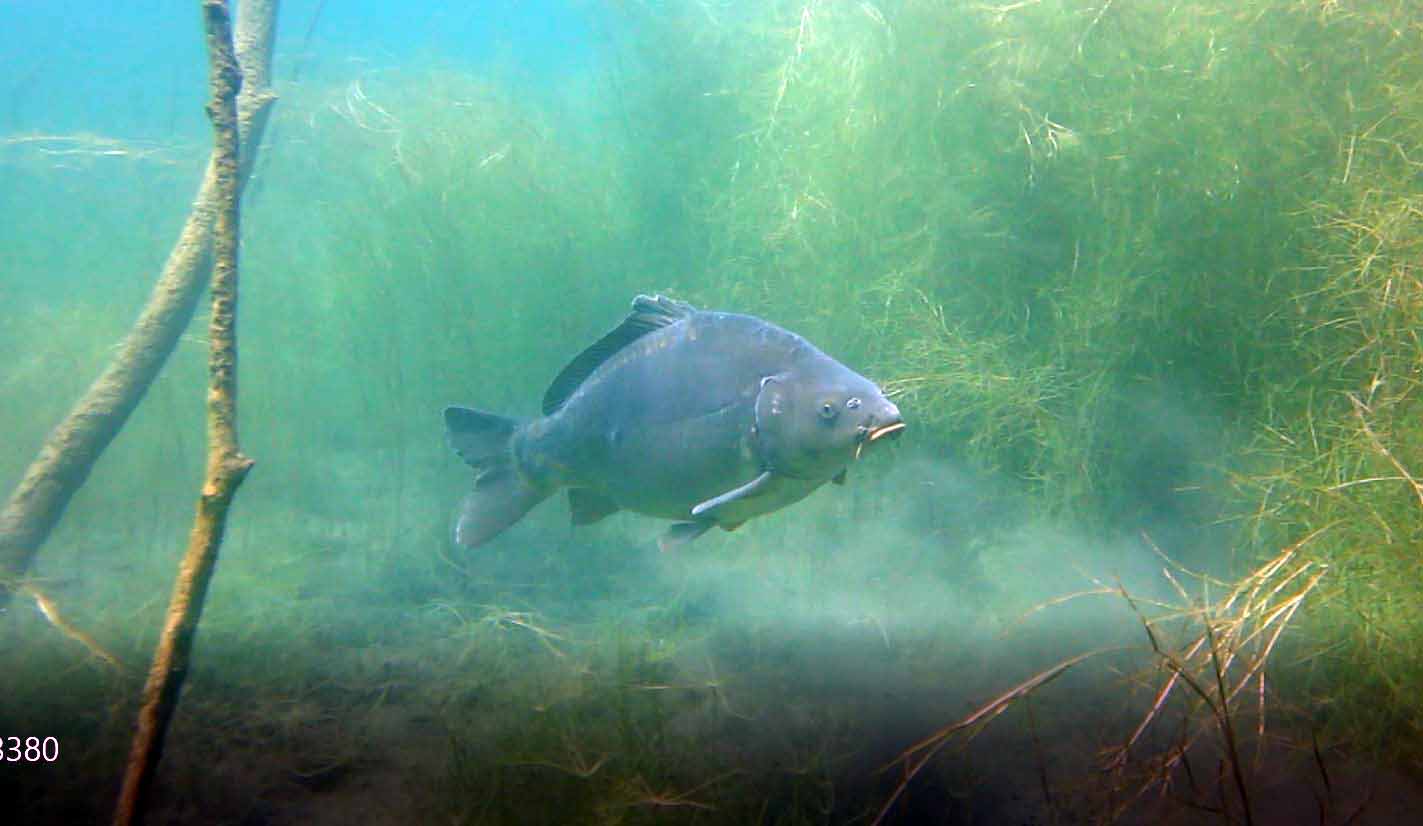
When I first went underwater, it was kind of troubling. I could breathe just fine, but my legs and arms just didn’t want to stay where I wanted them to. In fact, scuba diving for the first time is a lot like learning how to drive: clutch, gear shift, brakes, indicators, windshield wipers – when you first get in a car, there are a lot of things to keep in mind.
Scuba diving is similar, but maintaining your buoyancy is the first and biggest challenge for every new apprentice. You don’t want to be so heavy that you sink to the ground, but you don’t want to have so much air in your jacket that you float onto the surface. Getting the balance just right takes a bit of practice, but everyone gets there eventually.
Once you’re underwater, a whole new universe awaits you. The silence, the wildlife and the newly acquired ability to move in three dimensions are initially somewhat overwhelming, but eventually you discover that there is a magnificent peace in it.
When you let go of tense muscles and stop breathing like a crazy person, scuba diving turns into pure relaxation and enjoyment.

Especially Lake Kulkwitz has much to offer. Its water heats up to 22-26°C in the summer, but once you go down to 6m, there is a thermocline and the temperature suddenly drops by up to 5°C.
The thermocline often forms a thin, hazy mist of yellow sediments, floating eerily in the depth. Carps, perches and pikes hover gracefully over forests of weeds and algae, and schools of tiny fish glitter in the sunlight.
If you’re lucky, you may even see a wels catfish, the largest freshwater fish in Europe. At Lake Kulkwitz, they become up to 1.5m long. There is also a small shipwreck, a skeleton, several underwater platforms for practice, and even a submerged airplane.
It would be unwise to discuss scuba diving without mentioning its dangers, though.
The first rule of scuba diving is: Never go on a dive by yourself. The buddy system makes sure that there’s always someone by your side in case you run into difficulties underwater. It is no fun when that happens, as your life is maintained by several technologies.
The two scariest situations are probably running out of air and ascending too quickly.
If you run out of air (which essentially cannot happen unless you fail to observe your tank pressure), you will have to share air with your buddy. Every regulator has a spare mouth piece, which can be passed on without danger.
Ascending too quickly from great depths may result in a condition known as the bends. When you inhale at 10m, pressure is twice that of normal air. You do not notice this, but your blood will become saturated with nitrogen. If you ascend without safety stops, the nitrogen will form bubbles which can clot your veins and arteries.
Imagine a soda bottle under pressure. If you open it slowly, the gas has time to escape, but if you open it quickly, it spills. The same thing can happen with your blood.
Unfortunately, every year scuba divers are killed in the Leipzig area, but they had always gone diving by themselves. If you dive with a buddy, scuba diving is no more dangerous than running or cycling.
So, if you want to learn how to scuba dive, get in touch with a dive centre.
I learned how to dive with Claudia from Tauchshop Florian (on Karl-Liebknecht-Straße). She was a very patient teacher and I had a great time with her.
I can also recommend Robert at Lake Zwenkau. He’s spent a lot of time in Australia and will be glad to speak English. The scuba community of Leipzig is extremely open-minded and they do a lot of travelling, so language is never an issue.
Feel like scuba diving may be for you? Then go into the depths and discover a whole new world in the lakes you’ve come to love.

